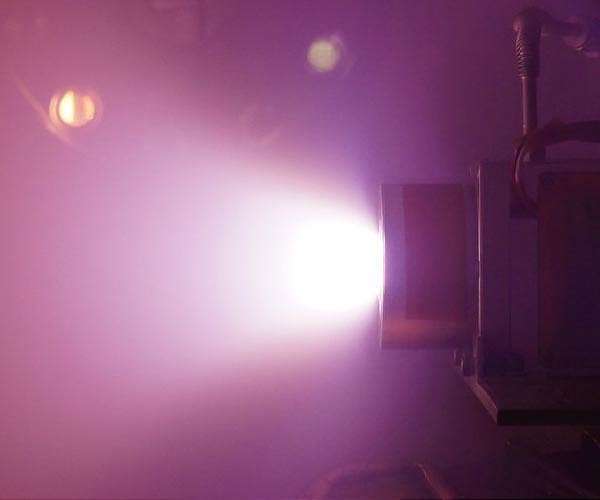8.04.2024

In a significant advancement for satellite technology, Phase Four has been awarded a $14.9 million contract by the Defense Advanced Research Projects Agency (DARPA) to develop an air-breathing electric propulsion (EP) system, aiming to enhance satellite functionality in Very Low Earth Orbit (VLEO) at altitudes between 90-450km. This development marks a pivotal step in the DARPA's Otter program, designed to foster, demonstrate, and gather on-orbit data on electric propulsion technologies that utilize the surrounding low-density air as propellant for prolonged operations in VLEO.
The initiative will see the incorporation of Phase Four's revolutionary radio frequency thruster (RFT), a cornerstone technology known for its adaptability to various propellants, unlike traditional EP systems that suffer degradation from unconventional propellants. This adaptability makes the RFT an ideal choice for exploiting VLEO's thin atmospheric layers. The collaboration with DARPA on the Otter program extends from previous efforts to conceptualize a thruster prototype that employs novel, cost-effective propellants.
Umair Siddiqui, Phase Four's President, CTO, and the project's Principal Investigator, expressed pride in the company's ongoing partnership with DARPA to enhance space propulsion technologies. Phase Four's track record includes the successful deployment of its electric propulsion systems on 9 satellites, accumulating over 5,300 days of operational history in orbit, underscoring its commitment and capability in the field of electric propulsion.
Jason Wallace, President of Government Programs at Phase Four, emphasized the significance of the Otter program in expanding the company's propulsion technology spectrum, covering a range from near-space to deep space operations. The endeavor with DARPA is set to pioneer sustained missions within the VLEO, a domain increasingly vital for national security amid the growing congestion and competitive nature of traditional orbital paths.
Quelle: SD
